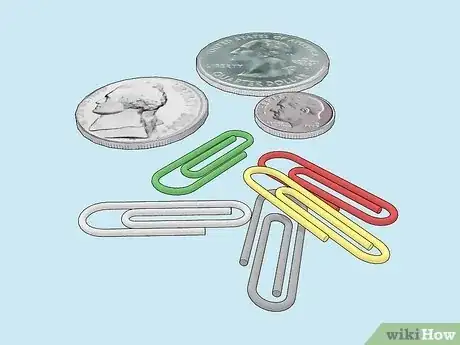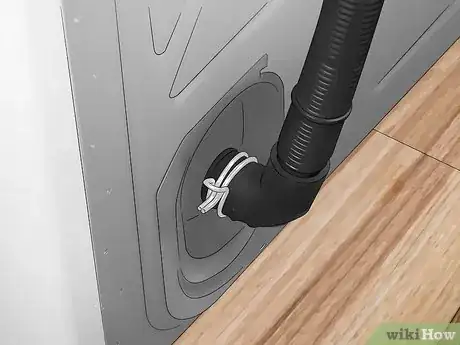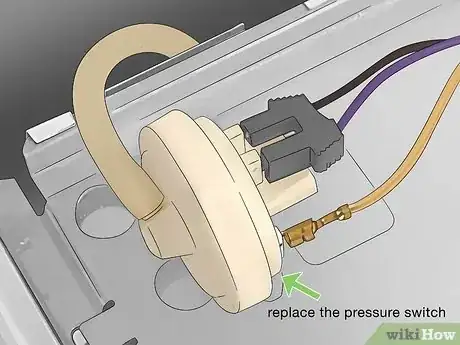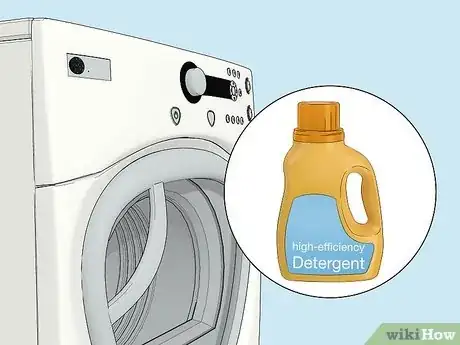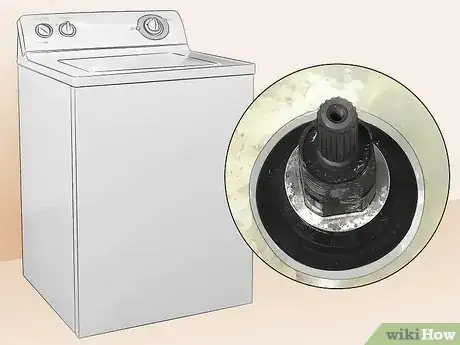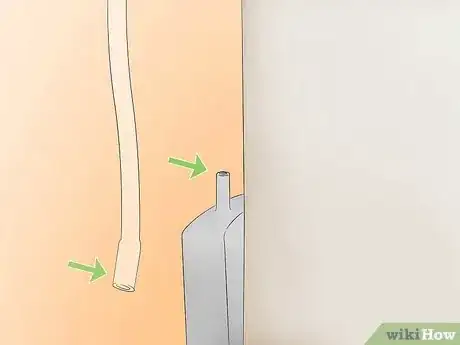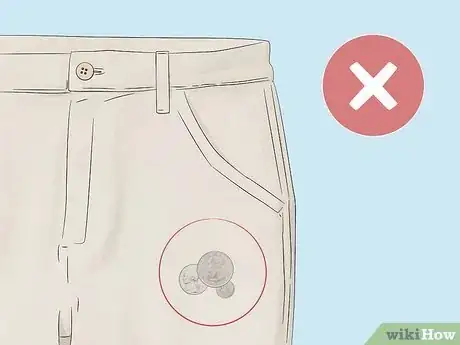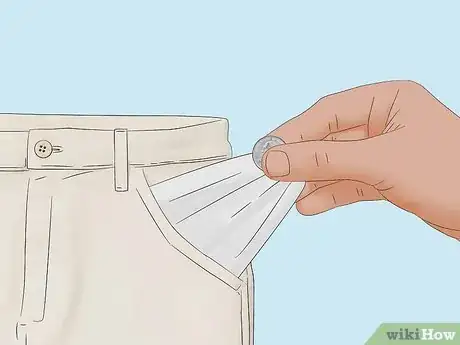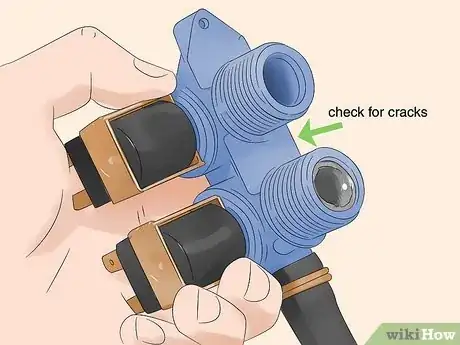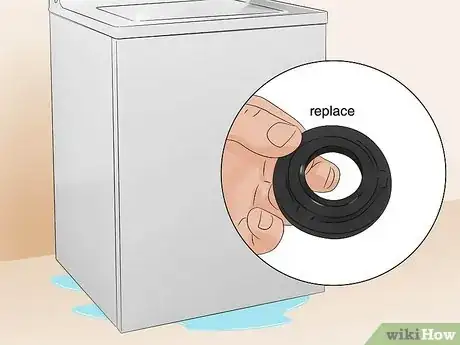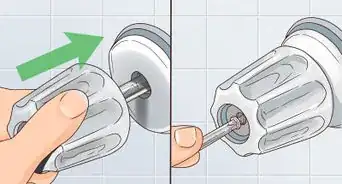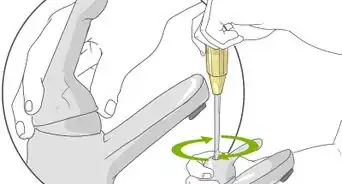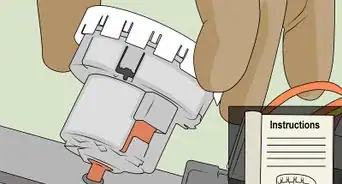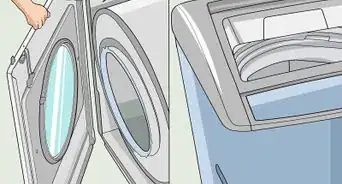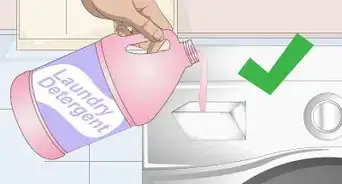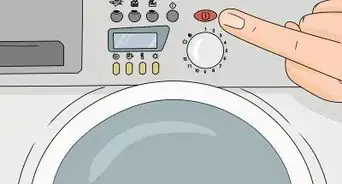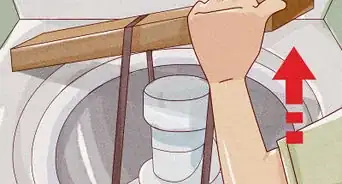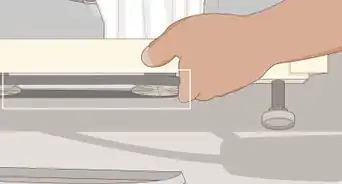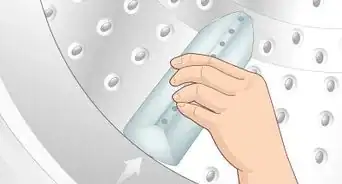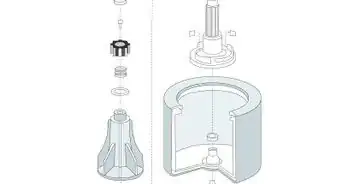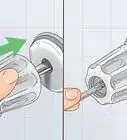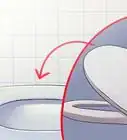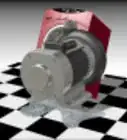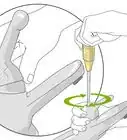wikiHow is a “wiki,” similar to Wikipedia, which means that many of our articles are co-written by multiple authors. To create this article, 13 people, some anonymous, worked to edit and improve it over time.
There are 8 references cited in this article, which can be found at the bottom of the page.
This article has been viewed 119,378 times.
Learn more...
Here is a list of parts to check if your GE & Hotpoint washer develop a water leak. Follow the instructions below to find where your GE or Hotpoint washing machine is leaking from. Often a visual inspection will tell you what is going on. The front panels of top loaders come off easily; there are two clips on top loaders that must be depressed to pop the panel off. A thin screwdriver or scraper will release these clips. Slide your tool along the seam between the top and front panels, the clips are 4–5 inches (10.2–12.7 cm) from the corners.
Steps
The Overflow Tube
-
1If the washing machine fails to stop the incoming water when it reaches the selected level, water will leak through the overflow tube. This usually indicates a pressure switch problem, see below.[3]
-
2When the user uses too much detergent, the suds will leak through the overflow tube. After overflow you may see what looks like plain water on your floor; suds will usually disappear after a few minutes. On front loaders in particular, use High Efficiency detergent to reduce sudsing.
The Washer Holding Tank
The Water Valve or Fill Hoses
-
1Check the water valve body for cracks. If someone tries to move the washing machine by grabbing it by the water valve, this could cause the water valve to crack.[6]
-
2Make sure to check for pinholes in the two fill hoses.
Community Q&A
-
QuestionWhat if water drips when the machine is not in use?
 Community AnswerYour supply lines might be faulty or your water pump needs replacing. It's cheap, quick, and easy to do yourself.
Community AnswerYour supply lines might be faulty or your water pump needs replacing. It's cheap, quick, and easy to do yourself. -
QuestionIf I have water leaking from under the washer when filling up, what might the issue be?
 Community AnswerThere could be a leakage underneath from a lot of pressure building up. You might want to get a plumber; he or she could give you some assistance with this.
Community AnswerThere could be a leakage underneath from a lot of pressure building up. You might want to get a plumber; he or she could give you some assistance with this. -
QuestionMy washing machine smells like gas, could there be a gas leak?
 Community AnswerOrdinary washing machines don't use gas. They are electric. Other appliances, like fridges, have a gas tank (freon or similar) to help the compression process, but washing machines don't. Is your machine connected to gas plant? If not, there is no gas source.
Community AnswerOrdinary washing machines don't use gas. They are electric. Other appliances, like fridges, have a gas tank (freon or similar) to help the compression process, but washing machines don't. Is your machine connected to gas plant? If not, there is no gas source.
Warnings
- Make sure that you disconnect your washing machine from the wall outlet before attempting to do any repairs. Electricity is dangerous, but if you treat it with respect and follow the safety instructions, you will be OK.⧼thumbs_response⧽
References
- ↑ https://www.youtube.com/watch?v=frEJhX9Sppw
- ↑ https://www.angieslist.com/articles/inspect-washing-machine-hoses.htm
- ↑ https://www.youtube.com/watch?v=PNUW-YuBz54
- ↑ https://www.youtube.com/watch?v=pdiYDj28O1E
- ↑ https://www.youtube.com/watch?v=NWrQVGyrFSQ
- ↑ https://www.youtube.com/watch?v=-661-1NbYZ4
- ↑ https://www.youtube.com/watch?v=KCFFQiakXg4
- http://www.do-it-yourself-washing-machine-and-dryer-repair-help.com/index.html
